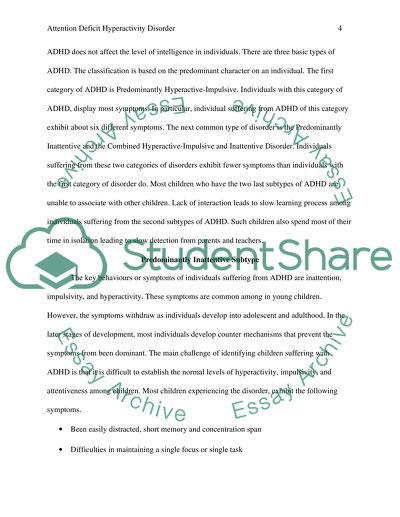Cite this document
(“Attention Deficit Hyperactivity Disorder Research Paper - 3”, n.d.)
Retrieved from https://studentshare.org/psychology/1452921-adhd
Retrieved from https://studentshare.org/psychology/1452921-adhd
(Attention Deficit Hyperactivity Disorder Research Paper - 3)
https://studentshare.org/psychology/1452921-adhd.
https://studentshare.org/psychology/1452921-adhd.
“Attention Deficit Hyperactivity Disorder Research Paper - 3”, n.d. https://studentshare.org/psychology/1452921-adhd.


